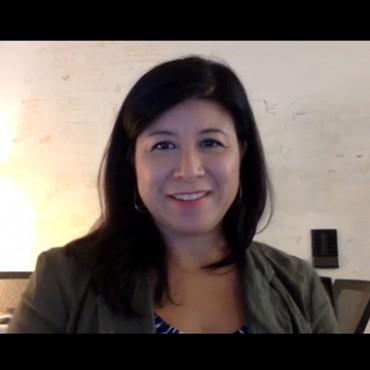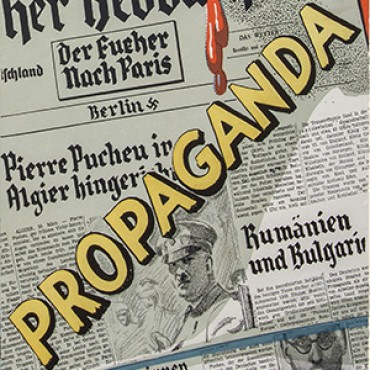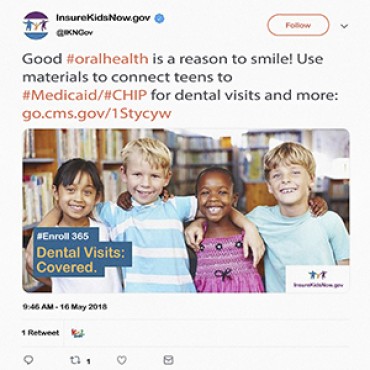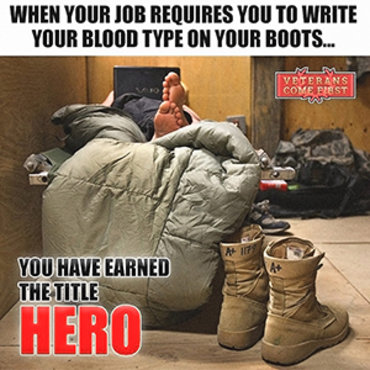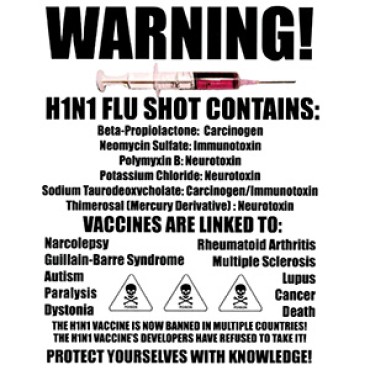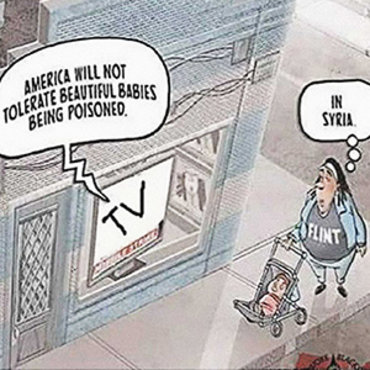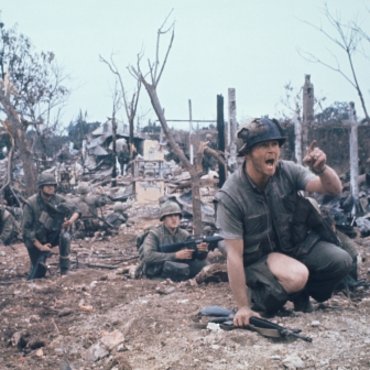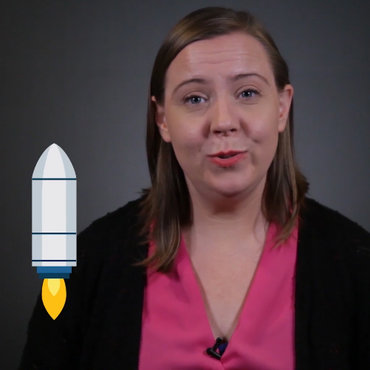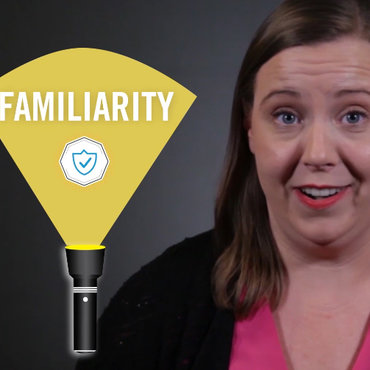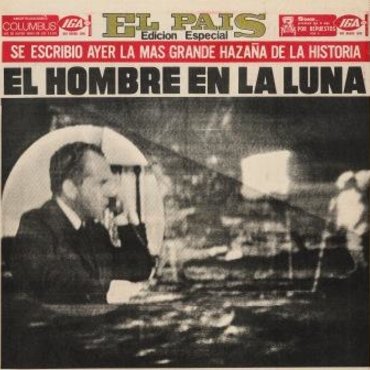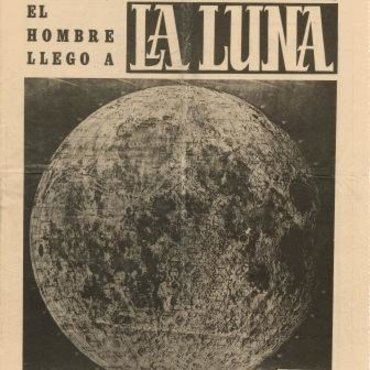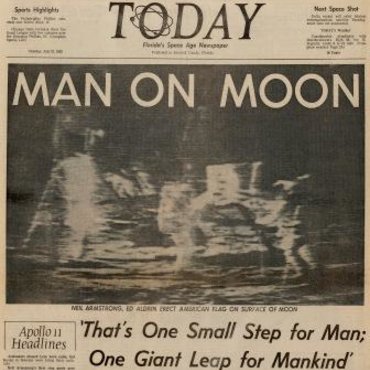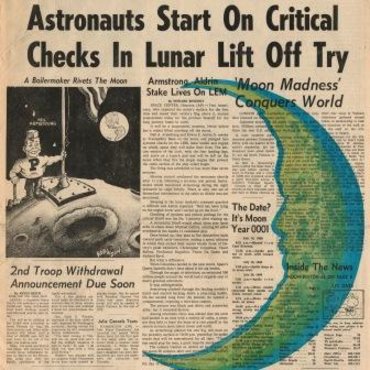
Lesson Plan
Believe It or Not?: Putting the Consumer’s Questions to Work
Students apply the “consumer’s questions” for analyzing informaton to a chosen research topic in order to improve their media literacy skills.
Get even more great free content!
This content contains copyrighted material that requires a free NewseumED account.
Registration is fast, easy, and comes with 100% free access to our vast collection of videos, artifacts, interactive content, and more.
Sign Up
?
NewseumED is provided as a free educational resource and contains copyrighted material. Registration is required for full access. Signing up is simple and free.
With a free NewseumED account, you can:
- Watch timely and informative videos
- Access expertly crafted lesson plans
- Download an array of classroom resources
- and much more!
Duration
30-60 minutes
Topic(s)
- Current Events
- Journalism
Grade(s)
- 6-12
- Go over the consumer’s questions as a class.
- Discuss why the questions are useful. Specifically, why do the answers to these questions matter?
- Choose a topic for the class to investigate. Brainstorm a list of ideas and vote. (You may want to prepare possible research topics.in advance.)
- Pass out the worksheets and have students research the chosen topic.
- Discuss the students' findings as a class.
- Which of the consumer’s questions is the most important to apply/answer? Why?
- Which of the consumer’s questions is the most difficult to apply/answer? Why?
- Does a pattern emerge of the types of information sources that generally seem trustworthy and those that generally do not?
- What types of visual or written clues help you determine if a source of information is trustworthy or not?
- Putting the Consumer’s Questions to Work worksheet (download), one per student
- Consumer’s Questions handout (download)
- Internet access (if completing the worksheet in class)
-
Common Core State Standards: CCSS.ELA-LITERACY.CCRA.R.1
Read closely to determine what the text says explicitly and to make logical inferences from it; cite specific textual evidence when writing or speaking to support conclusions drawn from the text. -
Common Core State Standards: CCSS.ELA-LITERACY.CCRA.R.8
Delineate and evaluate the argument and specific claims in a text, including the validity of the reasoning as well as the relevance and sufficiency of the evidence.
-
ISTE: 3b. Knowledge Constructor
Students evaluate the accuracy, perspective, credibility and relevance of information, media, data or other resources.
-
National Center for History in the Schools: NCHS.US History.Era 10
Standard 1: Recent developments in foreign policy and domestic politics Standard 2: Economic, social, and cultural developments in contemporary United States
-
National Council of Teachers of English: NCTE.3
Students apply a wide range of strategies to comprehend, interpret, evaluate, and appreciate texts. They draw on their prior experience, their interactions with other readers and writers, their knowledge of word meaning and of other texts, their word identification strategies, and their understanding of textual features (e.g., sound-letter correspondence, sentence structure, context, graphics). -
National Council of Teachers of English: NCTE.6
Students apply knowledge of language structure, language conventions (e.g., spelling and punctuation), media techniques, figurative language, and genre to create, critique, and discuss print and non-print texts. -
National Council of Teachers of English: NCTE.7
Students conduct research on issues and interests by generating ideas and questions, and by posing problems. They gather, evaluate, and synthesize data from a variety of sources (e.g., print and non-print texts, artifacts, people) to communicate their discoveries in ways that suit their purpose and audience.



















